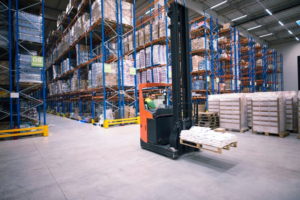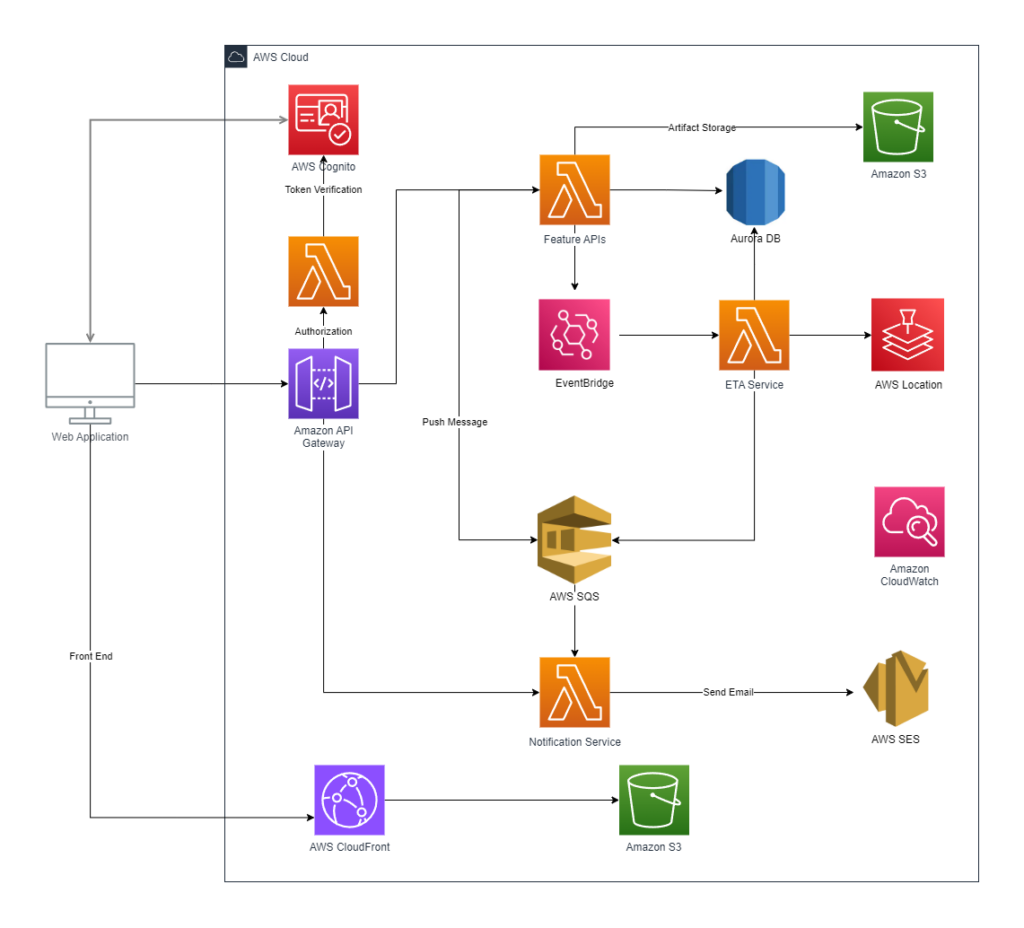Northbound: A dynamic engine for real-time warehouse and transport coordination
Category: Supply Chain
Services: Supply Chain Automation, Demand Forecasting, Inventory Management Solutions, Workflow Optimization, Real-time Monitoring and Tracking.
Category: Supply Chain
Services: Supply Chain Automation, Demand Forecasting, Inventory Management Solutions, Workflow Optimization, Real-time Monitoring and Tracking.

Northbound(an MVP factory company) is a warehouse management system that tracks live truck locations that are planned to onboard/offboard goods in the warehouse to better plan resources.
